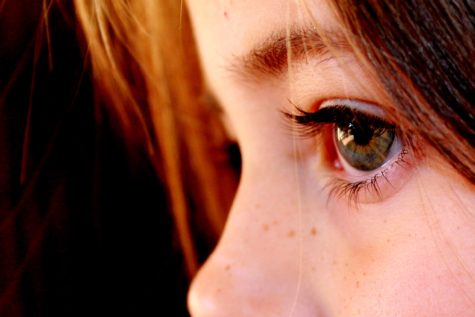
NASHVILLE — With depression and anxiety rates rapidly increasing among younger individuals, there has also been a concurrent dramatic increase in hospitalizations due to thoughts of suicide and self-harm, a new study finds.
Researchers at Vanderbilt University in Tennessee looked at data from 32 children’s hospitals across the U.S., identifying inpatient and emergency visits between 2008 and 2015 by those between the ages of five and 17.

Narrowing down their focus on diagnoses of suicidality and self-harm in these institutions, the researchers found that these types of visits had more than doubled over the period examined: from 0.67 percent of total visits in 2008 to 1.79 percent of total visits in 2015. More than 118,000 hospitalizations were reported as a result of suicidal inclinations.
A slight majority of patients who demonstrated suicidal thoughts or actions were between the ages of 15 and 17 (59,631 visits), while an additional 37 percent (43,682) were found to be between the ages of 12 and 14. Children between the ages of 5 and 11 still represented an alarming level of hospitalizations, with 12.7 percent, or 15,050 visits recorded.
Although every age group examined saw an increase in suicide-related ideations, the most substantial increases were seen in older children, says lead author Dr. Gregory Plemmons.
The surge was especially seen in 15- to 17-year-olds, with an average annual increase of 0.27 percent being diagnosed with suicidal tendencies. It was far lower, but still measurable, for 5- to 11-year-olds, who saw a 0.02 percent annual increase.
Plemmons, who notes that this study’s results echo recent findings by the U.S. Centers for Disease Control and Prevention, implores for more “research to understand factors contributing to these alarming trends” in a press release issued by the American Academy of Pediatrics.
Interestingly, the study also found that there was seasonal variation in the incidence of suicide and self-harm cases: namely, the fewest occurred during the summer months, while the most happened during spring and fall.
The study’s findings were presented May 7 at the 2017 Pediatric Academic Societies Meeting in San Francisco.











“the fewest occurred during the summer months, while the most happened during spring and fall.”
No surprise - some kids dread going back to school due to bullies or other problems, others have problems at home and/or friends they can only be with at school and thus dread school ending.